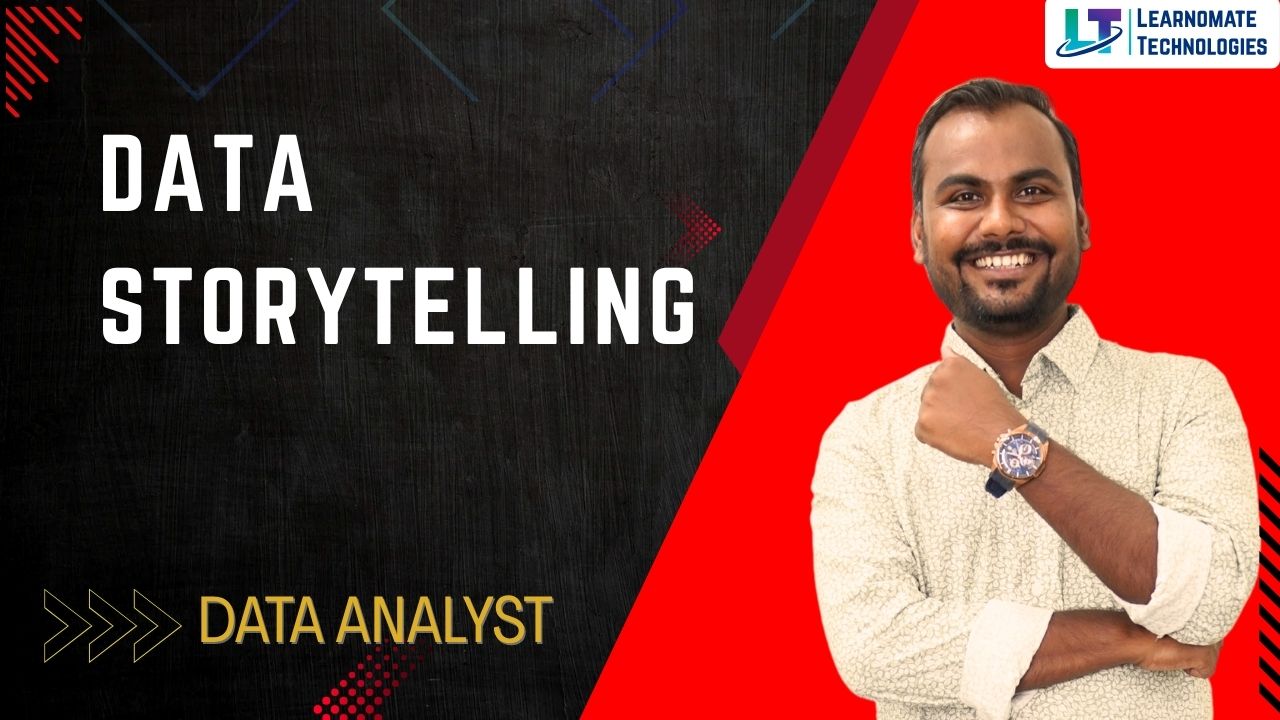Data Storytelling
Data Storytelling: How to Communicate Insights Effectively
📘 Introduction
Data alone doesn’t drive change — stories do.
In today’s data-driven world, analysts who can turn numbers into clear, compelling stories are the ones who make the biggest impact.
Whether you’re a beginner learning through the Google Data Analytics Course or an experienced analyst, mastering data storytelling is key to communicating insights that influence business decisions.
What Is Data Storytelling?
Data storytelling is the art of translating analytical findings into a narrative that’s easy to understand, emotionally engaging, and actionable.
It combines three elements:
-
Data – The factual foundation of your story.
-
Visuals – Charts, dashboards, and infographics that make data digestible.
-
Narrative – The explanation that connects your data to real-world impact.
Simply put:
“Data storytelling turns what happened into why it matters.”
Why Data Storytelling Matters
Even the best analysis is meaningless if your audience can’t understand it.
That’s why data storytelling bridges the gap between technical insights and business action.
Here’s why it matters:
-
✅ Helps non-technical stakeholders grasp insights easily
-
📈 Drives better decision-making through clarity
-
💡 Builds trust and credibility for data teams
-
🎯 Makes data presentations more persuasive and memorable
If you’ve taken the Google Data Analytics Course, you’ve likely encountered modules on communication — this is where those skills come to life.
5 Key Steps to Effective Data Storytelling
Turning data into impact isn’t just about numbers — it’s about how you tell the story.
Follow these five simple steps to communicate insights that truly connect 👇
1️⃣ Identify Your Audience
Every great story starts with understanding who you’re talking to. Tailor your message to your audience’s interests, challenges, and goals. A marketing manager and an IT specialist care about different metrics — know what matters to them.
2️⃣ Create a Narrative
Even with data, a story needs structure — setting, conflict, and resolution. Define what’s happening (the data), why it matters (the conflict), and what actions should follow (the resolution).
3️⃣ Organize Visualizations
Use visuals like charts, graphs, or infographics to make your story engaging and easy to grasp. Highlight key insights and trends instead of overwhelming your audience with too much detail.
4️⃣ Test Your Story
Rehearse your presentation with peers or mentors. Fresh feedback can reveal gaps, unclear visuals, or better ways to explain your insights.
5️⃣ Refine and Finalize
Incorporate feedback, simplify your message, and polish your delivery. The goal? A clear, confident story that shows why the data matters and inspires action.
💡 Great data storytelling combines logic, emotion, and clarity — transforming analytics into meaningful decisions.
✨ Crafted by Learnomate Technologies — empowering professionals to master data communication and storytelling.
At Learnomate Technologies, we help aspiring data analysts and engineers master these tools through practical, project-based learning — so you can build real-world skills, not just theory.
At Learnomate Technologies, we make sure you not only understand such cutting-edge features but also know how to implement them in real-world projects. Whether you’re a beginner looking to break into the database world or an experienced professional upgrading your skillset—we’ve got your back with the most practical, hands-on training in Oracle technologies.








Let’s keep learning, exploring, and growing together. Because staying curious is the first step to staying ahead.
Happy learning!
ANKUSH







